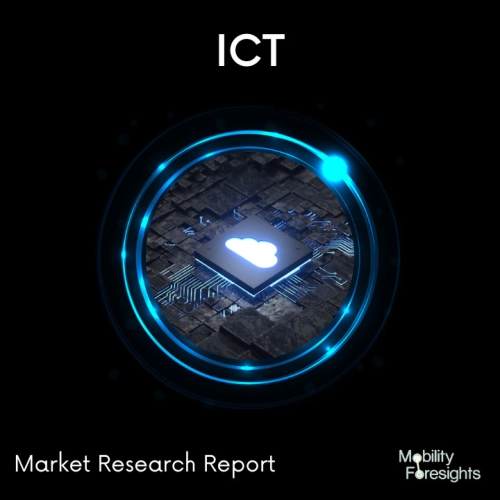
- Get in Touch with Us

Last Updated: Apr 25, 2025 | Study Period: 2023-2030
For creating Depth Perception Software, different 3D sensor options are available, such as stereo vision with cameras, lidar, and time-of-flight sensors. Each choice has advantages and disadvantages.
A stereo system may produce a high-resolution color point cloud and is often inexpensive and durable enough for outdoor use. Today's market offers a wide range of pre-built stereo systems.
System engineers might need to develop a bespoke system to meet certain application needs depending on variables including accuracy, baseline, field-of-view, and resolution.
By comparing the information in a scene from two angles, stereo vision is the process of extracting 3D information from digital photographs. An object's relative positions in two picture planes reveal the depth of the object as seen by the camera.an overview of a stereo vision system, which includes the following crucial steps:Calibration:
The terms "camera calibration" and "intrinsic calibration" are interchangeable. While the extrinsic calibration establishes the 3D coordinates of the cameras, the intrinsic calibration establishes the picture center, focal length, and distortion characteristics.
This phase is essential in many computer vision applications, particularly when metric details about the scene, like depth, are needed.Stereo rectification is the process of reprojecting individual picture planes onto a common plane that runs perpendicular to the line connecting the centers of the cameras.
Corresponding points are on the same row following rectification, which significantly lowers the cost and ambiguity of matching. The code provided to create your own system is where it completes this stage.
Technique of matching pixels between the left and right images to produce disparity images is referred to as stereo matching. The code given to anyone will enable you to create your own system using the Semi-Global Matching (SGM) method.
Triangulation is the technique of identifying a point in three-dimensional space given its projection onto two images. A 3D point cloud will be created from the disparity image.

The Global Depth Perception Software Market accounted for $XX Billion in 2022 and is anticipated to reach $XX Billion by 2030, registering a CAGR of XX% from 2023 to 2030.
A sophisticated artificial intelligence program called Robust Depth Perception Software from Algolux Inc. provides dense depth estimates and perception to improve the safety of passenger and transport vehicles in all types of illumination and weather.
To further increase driving safety, the system has dense depth and precise perception skills that can detect distance and elevation of 1-km distances, recognize objects, pedestrians or bicycles, and even misplaced goods or other dangerous road trash. 3D scene reconstruction is made possible by these modular capabilities.
For long-range applications like trucking, a multi camera strategy enabling a wide baseline between the cameras, even beyond 2 m, is extremely helpful. Additionally, it offers versatile support for car camera sensors up to 8 MP and any field of view for front, back, and surround.
| Sl no | Topic |
| 1 | Market Segmentation |
| 2 | Scope of the report |
| 3 | Abbreviations |
| 4 | Research Methodology |
| 5 | Executive Summary |
| 6 | Introduction |
| 7 | Insights from Industry stakeholders |
| 8 | Cost breakdown of Product by sub-components and average profit margin |
| 9 | Disruptive innovation in the Industry |
| 10 | Technology trends in the Industry |
| 11 | Consumer trends in the industry |
| 12 | Recent Production Milestones |
| 13 | Component Manufacturing in US, EU and China |
| 14 | COVID-19 impact on overall market |
| 15 | COVID-19 impact on Production of components |
| 16 | COVID-19 impact on Point of sale |
| 17 | Market Segmentation, Dynamics and Forecast by Geography, 2022-2030 |
| 18 | Market Segmentation, Dynamics and Forecast by Product Type, 2022-2030 |
| 19 | Market Segmentation, Dynamics and Forecast by Application, 2022-2030 |
| 20 | Market Segmentation, Dynamics and Forecast by End use, 2022-2030 |
| 21 | Product installation rate by OEM, 2022 |
| 22 | Incline/Decline in Average B-2-B selling price in past 5 years |
| 23 | Competition from substitute products |
| 24 | Gross margin and average profitability of suppliers |
| 25 | New product development in past 12 months |
| 26 | M&A in past 12 months |
| 27 | Growth strategy of leading players |
| 28 | Market share of vendors, 2022 |
| 29 | Company Profiles |
| 30 | Unmet needs and opportunity for new suppliers |
| 31 | Conclusion |
| 32 | Appendix |